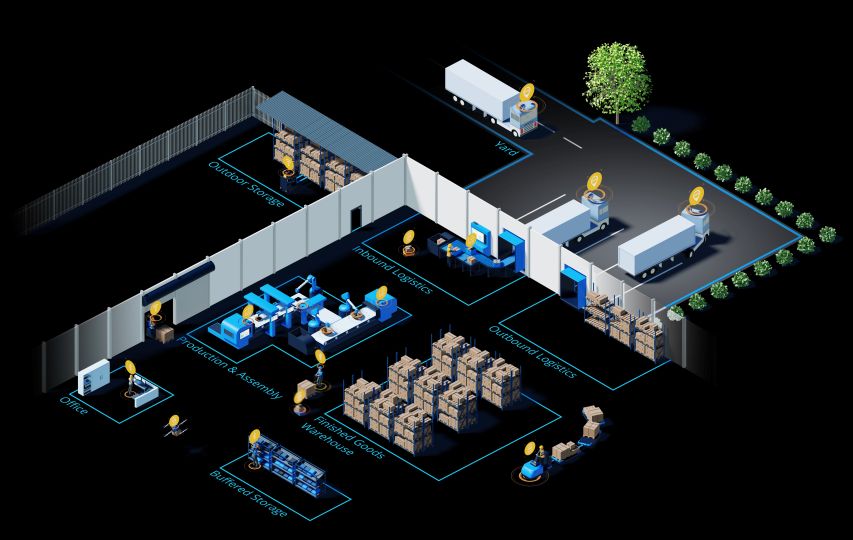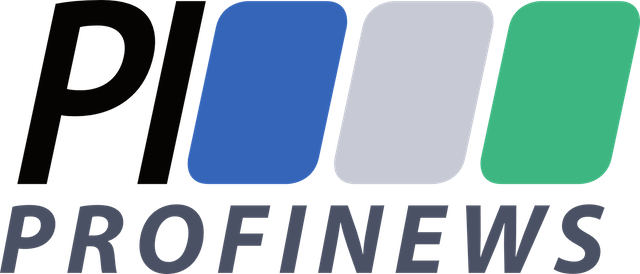Navigating the world of locating technologies has become a critical challenge for companies in production, logistics, and beyond. The landscape is complex—RFID, BLE, UWB, and GPS each bring unique strengths, but deciding which one (or which combination) to use is no small feat. Add in the task of aligning with global standards like omlox, and the path forward can feel overwhelming.
With the omlox standard driving interoperability and openness, companies gain access to a growing ecosystem of technology providers, hardware solutions, and software innovators. omlox enables seamless interaction between devices from different vendors, reducing vendor lock-in and supporting future-proof product development.
The key question many companies face is: Which locating technology is best for my needs? For product companies, it’s often about deciding whether to develop omlox-compliant products and how to position them in the broader omlox ecosystem.
Key Challenges When Navigating Locating Technologies
Location-based services offer significant opportunities, but the variety of available technologies also introduces complexity for companies looking to make the right decisions. Companies face significant challenges, such as:
 Unclear technology Fit: Should you choose BLE, UWB, or RFID? Each option has unique advantages, but it’s not always obvious which one fits best.
Unclear technology Fit: Should you choose BLE, UWB, or RFID? Each option has unique advantages, but it’s not always obvious which one fits best.- Vendor overload: Different vendors offer BLE, UWB, and RFID hardware with varying quality, compatibility, and costs.
- Aligning with omlox: As omlox continues to shape the future of open locating standards, many companies wonder if they should develop omlox-compliant products or integrate omlox into their solutions.
For end customers, the challenge is to choose the right technology for their operational needs —whether that’s tracking assets, optimizing workflows, or enabling just-in-time production.
Flowcate: A Key Player in the omlox Ecosystem
Flowcate plays a pivotal role in helping companies make these decisions. As co-founders of the omlox standard and operators of one of the largest location technology ecosystems, Flowcate is deeply involved in shaping the future of omlox. With its DeepHub middleware as a cornerstone for many omlox implementations, Flowcate works with a wide range of partners, hardware providers, and system integrators to drive the development and interoperability of locating solutions.
![]()
Through its Use Case Quick Check, Flowcate supports companies at every stage of their journey. By tapping into Flowcate’s deep industry knowledge and partner network, companies can make smarter, more informed decisions on technology fit, vendor selection, and product strategy. This approach helps avoid costly mistakes and accelerates time-to-solution.
Flowcate’s Use-Case Quick Check
Flowcate’s Use-Case Quick Check provides a structured and efficient approach for companies seeking clarity on locating technologies and product strategies. This approach supports both end customers and product companies by providing actionable guidance tailored to their unique needs.
End customers receive clear recommendations on which locating technologies to use, which vendors to consider, and how to integrate these solutions into their operations for maximum impact. Product companies benefit from strategic insights on how to develop omlox-compliant products, including guidance on technical feasibility, go-to-market strategies, and how to position products within the broader omlox ecosystem.
This 2-day process delivers fast, focused, and actionable insights, enabling companies to walk away with a clear blueprint for selecting the right technologies, identifying suitable vendors, and planning next steps.

Ready to simplify your use case strategy and make smarter technology decisions? Contact Flowcate to learn more about our Use Case Quick Check and how it can support your journey toward future-proof, omlox-compliant solutions.
Get in touch at info[AT]flowcate.com
